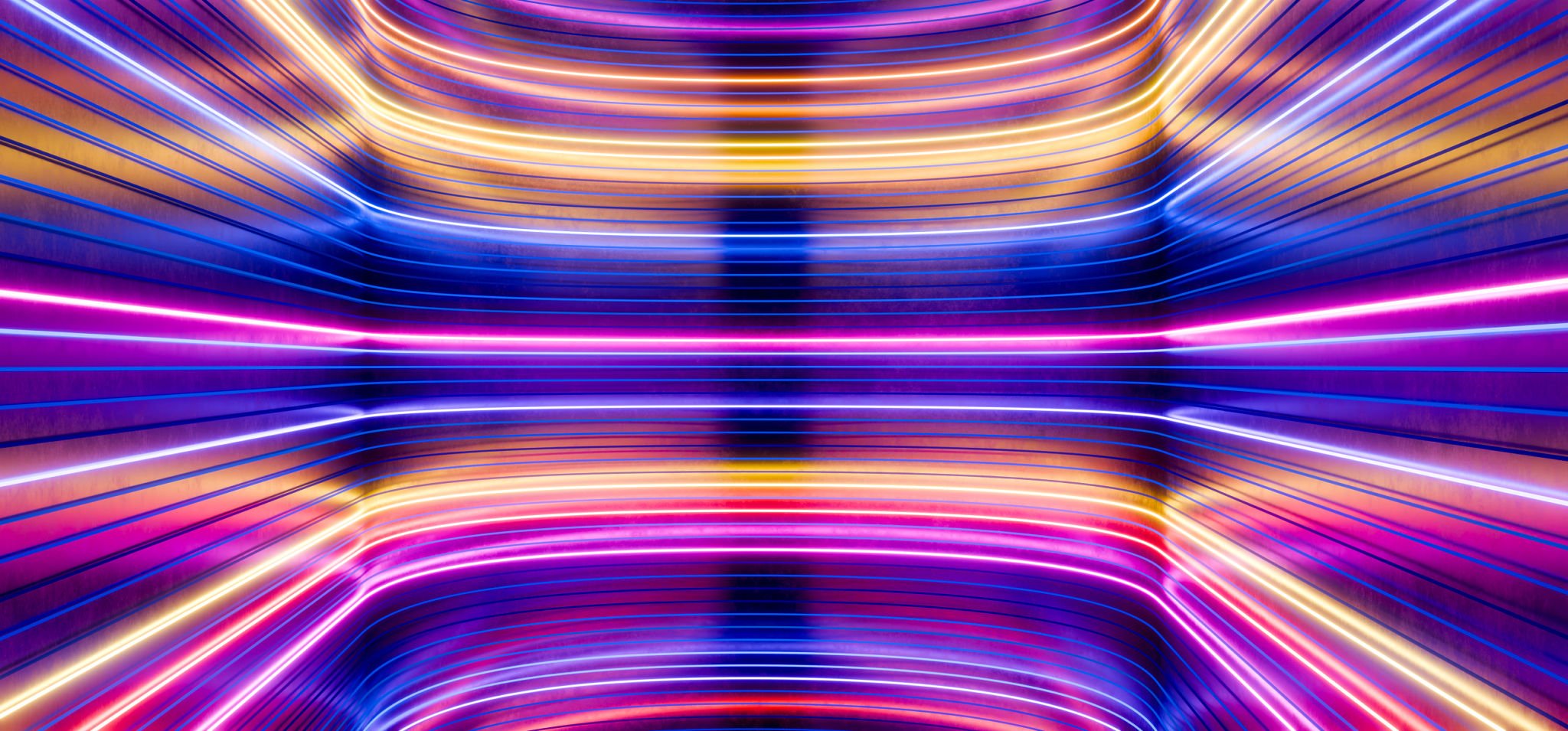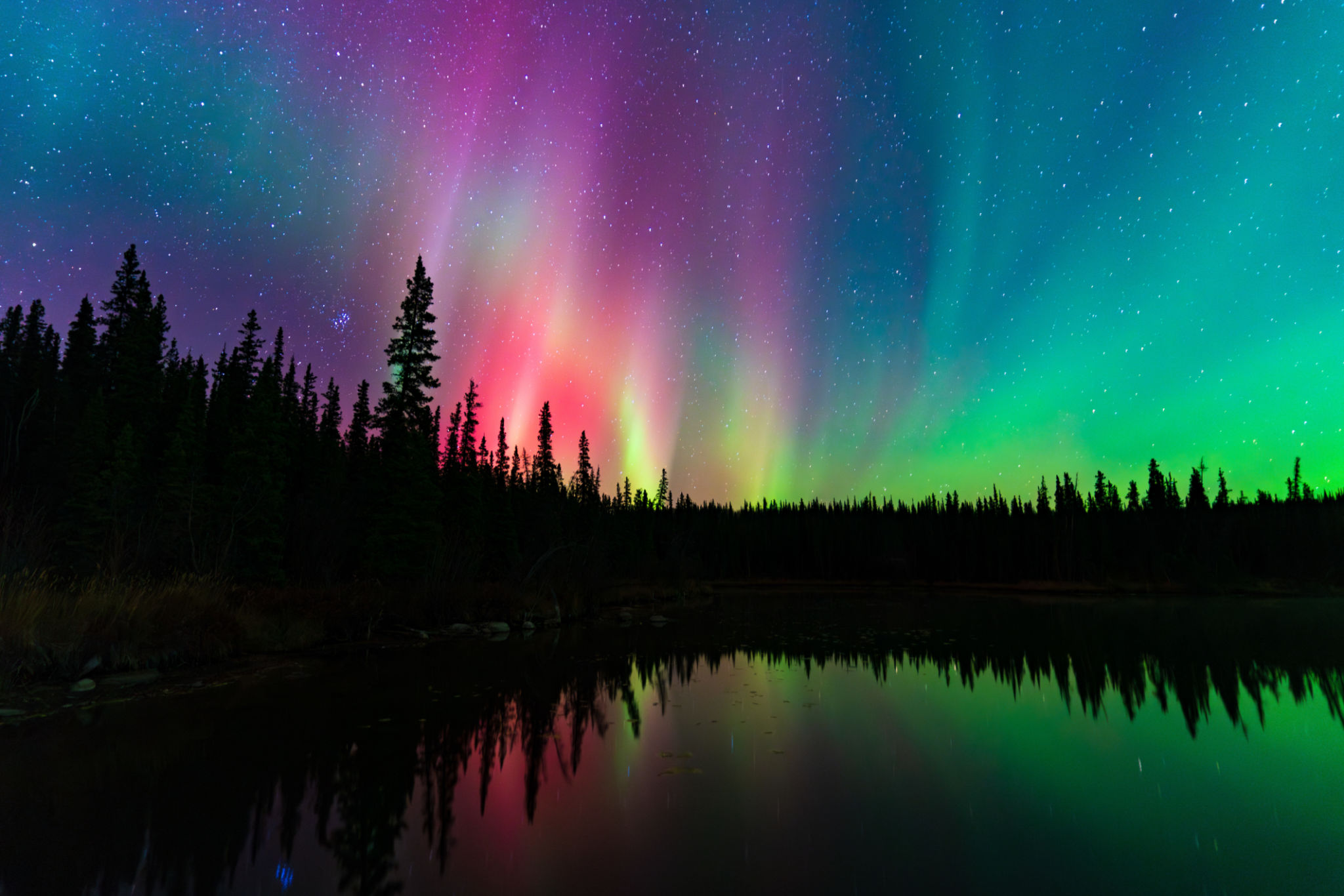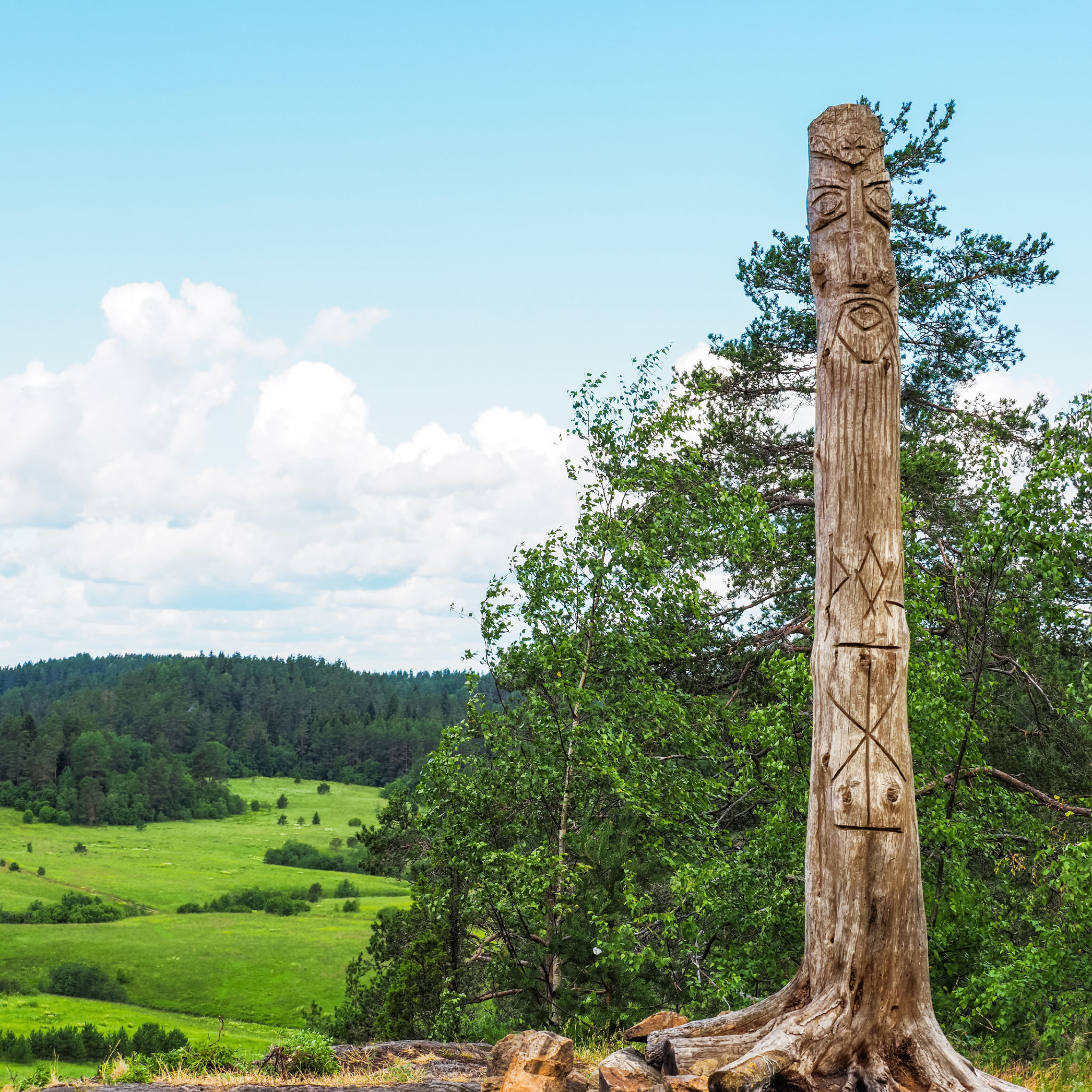Bifröst: Bridge of the Gods or Misunderstood Rainbow?
“Bifröst is the best of bridges, but it will burn when Muspell’s sons cross it.”
— Grímnismál, Poetic Edda
In modern times, the rainbow has become a symbol charged with meaning. For many, it signifies diversity, pride, peace, and even magic. In the wider Pagan community, and particularly among LGBTQ+ Pagans, the rainbow is often linked to Bifröst—the bridge between Midgard and Asgard in Norse cosmology. This association is popular, widely adopted, and repeated uncritically. But when we look at the sources and traditions of our Heathen ancestors, it becomes clear that the rainbow's role in Germanic myth has been exaggerated, and possibly misappropriated.
As someone deeply rooted in Germanic Heathenry, I’ve had to ask: Was Bifröst truly meant to be a rainbow? Or is that simply a later overlay?

Snorri’s Rainbow Bridge
Most references to Bifröst as a rainbow trace back to one man: Snorri Sturluson, a 13th-century Icelandic Christian scholar. In his Prose Edda, specifically in Gylfaginning, he writes:
“Þat er kallat Bifröst, en þú hefur kannskan heyrt kallað regnboga. Þat er þrír litir ok mjök sterkr ok gør annaz með meining.”
“It is called Bifröst, but you may know it as the rainbow. It has three colors and is very strong, and made with skill and magic.”
Snorri identifies Bifröst with the rainbow (regnbogi), describing it as a structure of three colors. But this is where things get complicated. Snorri was not only writing centuries after the old pagan religion had fallen out of practice—he was also doing so through a Christian lens, likely influenced by Classical and biblical symbolism (such as the rainbow after the Flood in Genesis).
It's entirely possible—likely, even—that he imposed a rainbow image on Bifröst because it made sense to his Christian contemporaries.
Older Sources Say Less
When we turn to the Poetic Edda—an older and more poetically-driven source—the descriptions of Bifröst are much more vague. In Grímnismál, Bifröst is called “the best of bridges,” and we are told it will burn when the sons of Muspell (fire giants) cross it during Ragnarök.
Nowhere in Grímnismál or the other mythic poems is the word regnbogi (rainbow) used in connection with Bifröst. Instead, the emphasis is on burning, brightness, and a bridge that shimmers and ultimately breaks. These features could just as easily describe something more volatile and ethereal than a rainbow.

Linguistic Clues: Bifröst as a Shimmering Path
Looking at the etymology offers further insight. Bifröst may derive from the Old Norse roots:
- bifa — to shimmer, shake, or move
- röst — a path, ford, or stretch (also associated with distance)
Taken together, Bifröst could be interpreted as “the shimmering way” or “the trembling path”—not necessarily a rainbow, but something alive, moving, radiant.
This shimmering, ephemeral quality doesn’t belong to rainbows alone.

Northern Lights: The Overlooked Connection
The aurora borealis, or northern lights, is another candidate. They shimmer. They burn. They appear in fiery colors—red, green, violet. They dance across the night sky in a way that evokes awe and mystery, much like Bifröst was described in myth.
For the peoples of ancient Scandinavia, the aurora would have been a far more striking and memorable phenomenon than a simple rainbow, which can be seen almost anywhere on Earth. The aurora is region-specific, which may explain why it was never described with a generic term. It defies easy classification.
Some folklorists and modern scholars like Kevin Crossley-Holland have proposed that the imagery of Bifröst may have originated in sightings of the aurora. And if we take the etymology seriously—“the shimmering path”—then this theory holds water.
The aurora connects the earth and the heavens in a far more visceral way than a rainbow, which is dependent on sunlight and rain, not fire and sky.
Symbolism and Subversion
This brings me to the modern misalignment: today, the rainbow has been adopted by LGBTQ+ communities as a symbol of identity and pride. That is a modern and valid use in its own right—but the rainbow flag, and its cultural momentum, has also bled into Pagan circles, where it is too often projected backward onto traditions that never associated the rainbow with anything sacred.
As someone who walks the Heathen path, I see a disconnect. The attempt to link the rainbow symbol with Bifröst may make for a beautiful metaphor—but it distorts the original meanings and strips away the nuances of our myths. Bifröst wasn’t a peaceful, inclusive banner of hope. It was a fiery, dangerous crossing guarded by Heimdallr and destined to shatter in the final war. It was a liminal space, not a celebration of diversity.
This doesn’t mean people can’t have personal or spiritual relationships with the rainbow. But as Heathens, we should be honest about what our sources actually say—and what they don’t.

So, was Bifröst a rainbow?
According to Snorri—yes. But Snorri wasn’t the sole authority on Norse myth. He was a 13th-century man in a Christian world, interpreting Pagan lore through his own lens.
The older poems don’t call Bifröst a rainbow. The language of shimmering and burning suggests something more dynamic, more unpredictable—perhaps the aurora borealis. When we strip away the modern projections and dig into the historical record, we find something much more mysterious than a seven-colored arch in the sky.
Bifröst is a symbol of cosmic tension—a burning bridge between gods and men, destined to fall. It deserves our respect as something untamed and awe-inspiring, not sanitized and rebranded.
As Heathens, let’s reclaim the wild mystery of Bifröst—and leave the rainbow to those whose traditions actually claim it.

Souces Cited:
- The Prose Edda, Snorri Sturluson (trans. Anthony Faulkes)
- The Poetic Edda (trans. Carolyne Larrington)
- H.R. Ellis Davidson, Gods and Myths of Northern Europe
- John Lindow, Norse Mythology: A Guide to the Gods, Heroes, Rituals, and Beliefs
- Rudolf Simek, Dictionary of Northern Mythology
- Kevin Crossley-Holland, The Norse Myths